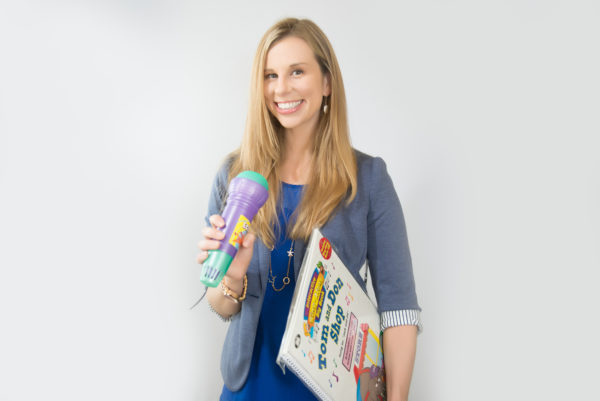
Consistent mouth breathing is never normal. A child’s breathing can be compromised for any number of reasons. These include enlarged tonsils and adenoids, allergies, chronic illness, recurrent middle ear infections, and chronic upper airway infections. When a child cannot effectively breathe through their nose for any of these reasons, they begin to mouth breathe. If you notice your child breathing through their mouth, it is imperative to figure out why and immediately resolve the underlying issue. Mouth breathing creates a number of long-term issues:
Open mouth breathing is associated with changes in the structure of the jaw. This can change the bite, resulting in malocclusion of the teeth. In one study, malocclusions, including overbites, were more likely to be present in mouth breathers (Souki et al 2009). When the jaw is open, the tongue is low and forward. The tongue is the mouth’s “natural palatal expander.” If the tongue is not putting pressure on the roof of the mouth, it can result in a high, narrow palate. This impinges on the nasal cavity and can result in problems with the sinuses and respiration. These structural changes can also affect the way a child looks. Untreated mouth breathing has been associated with long, narrow, faces, high palates, dental malocclusion, and gummy smiles (Jefferson, 2010). Changes in the structure of the mouth and teeth can also result in speech problems.
Perhaps most alarming of all, changes in structure are associated with obstructed airways and can cause children to sleep poorly. Lack of sleep can have a profound impact on a child’s academic performance. Many of these children are misdiagnosed with attention deficit disorder and hyperactivity (Jefferson, 2010). What is interpreted as hyperactivity and behavior may actually be a manifestation of severe sleep deprivation.
Nasal breathing provides us with optimal health benefits. The nose is our “natural air filter,” filtering out the air we breathe. It triggers the release of anti-bacterial molecules, helping clean out the incoming air and increasing the function of the immune system. Nasal breathing keeps the nasal passages lubricated, lessening the chance of sinus infections. Furthermore, our bodies take in a chemical called nitric oxide when through the nose. Nitric oxide contributes to relaxation and expansion of the blood vessels and increases relaxation. Nitric Oxide is only absorbed into the body through nasal breathing. For more on the benefits of nasal breathing, refer to 28 Reasons to Nasal Breathe: http://www.breathingretrainingcenter.com/blog/28-reasons-to-nose-breathe
As you can see, mouth breathing has profound effects on facial and dental development, as well as impacting a child’s health, academic and social development. Many of the problems associated with mouth breathing can be reduced or eliminated with proper intervention from a Speech Language Pathologist or other professional specializing in Oromyofunctional Therapy. With the help of a team of professionals knowledgeable about airway issues, such as Allergists and ENT’s, we can make a huge difference in the lives of our children!
References:
Jefferson Y (2010). Mouth breathing: adverse effects on facial growth, health, academics, and behavior. General Dentistry. 2010 Jan-‐Feb;58(1):18-‐25
Jordan P (2000). The Fitness Instinct. Rodale Press. 2000.
Souki BQ, Pimenta GB, Souki MQ, Franco LP, Becker HM, Pinto J (2009). Prevalence of Malocclusion Among Mouth Breathing Children: Do Expectations Meet Reality? International Journal of Pediatric Otorhinolaryngology. 200 9 May; 73 (5) :767-‐73.

Brooke is the owner of The Speech Dynamic LLC , where she provides play based and family centered speech and feeding therapy. She is the co-creator of “Wiggle time,” an interdisciplinary curriculum for pediatric therapy. She has presented at The North Carolina Exceptional Children’s Conference regarding embedding language into routines. She has also shared her expertise on a panel for The University of North Carolina at Chapel Hill. Brooke has a passion for helping families understand the importance of play for speech & language development.






